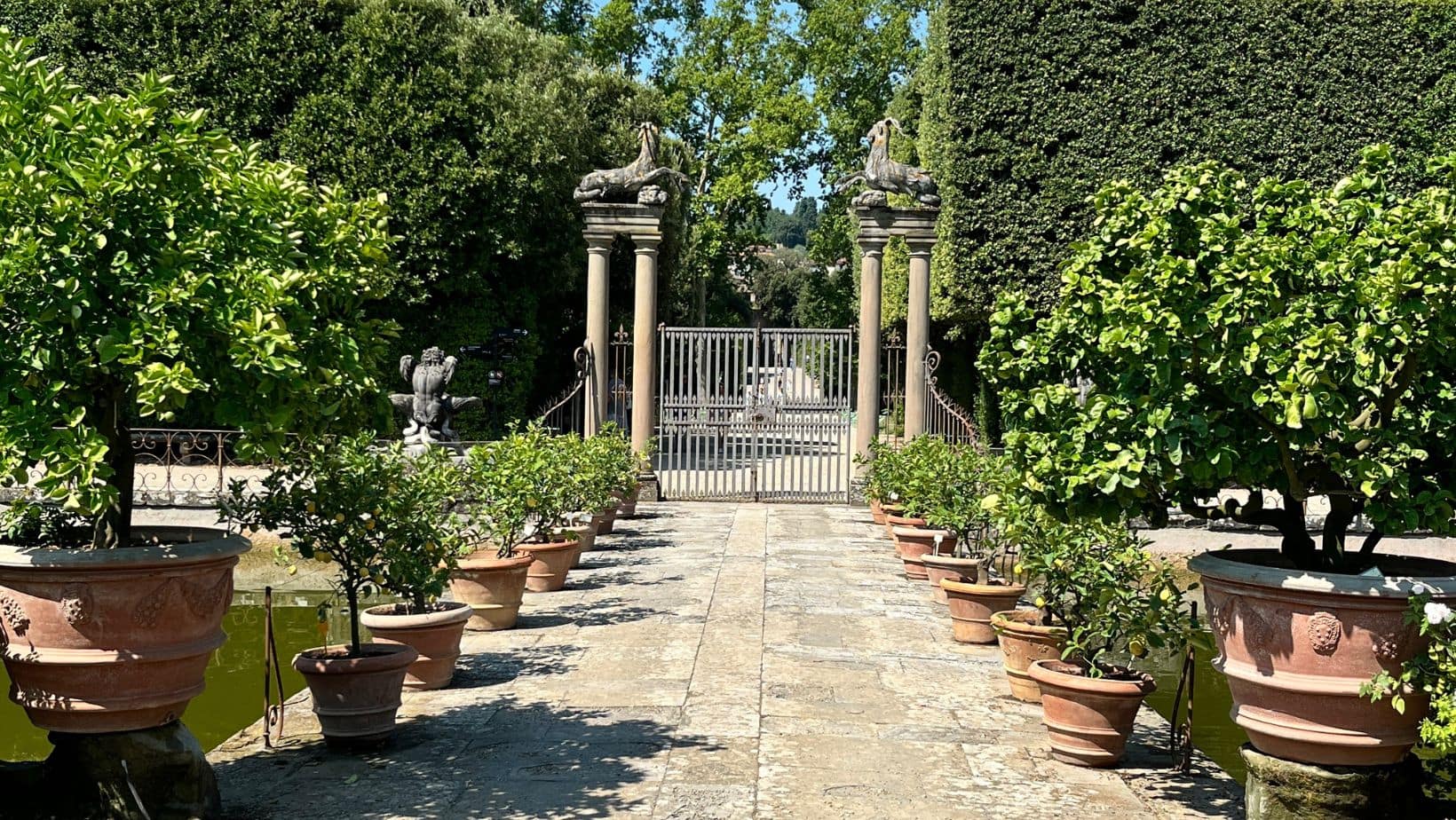
Strolling through the Boboli Gardens is like leafing through the living pages of an encyclopaedia of art and botany:
a place where green becomes architecture, stone recounts ancient myths, and terracotta has deep roots.
Created in the 16th century at the behest of the Medici family, the Boboli Garden, which extends behind the Pitti Palace in Florence, is one of the earliest and finest examples of an Italian garden.
The initial design was the work of Niccolò Pericoli known as Il Tribolo, while in later centuries it was enriched and enlarged by the Lorraine and Savoy dynasties.
Today, the garden is managed by the Uffizi Galleries, and continues to be a place of research, protection and inspiration.
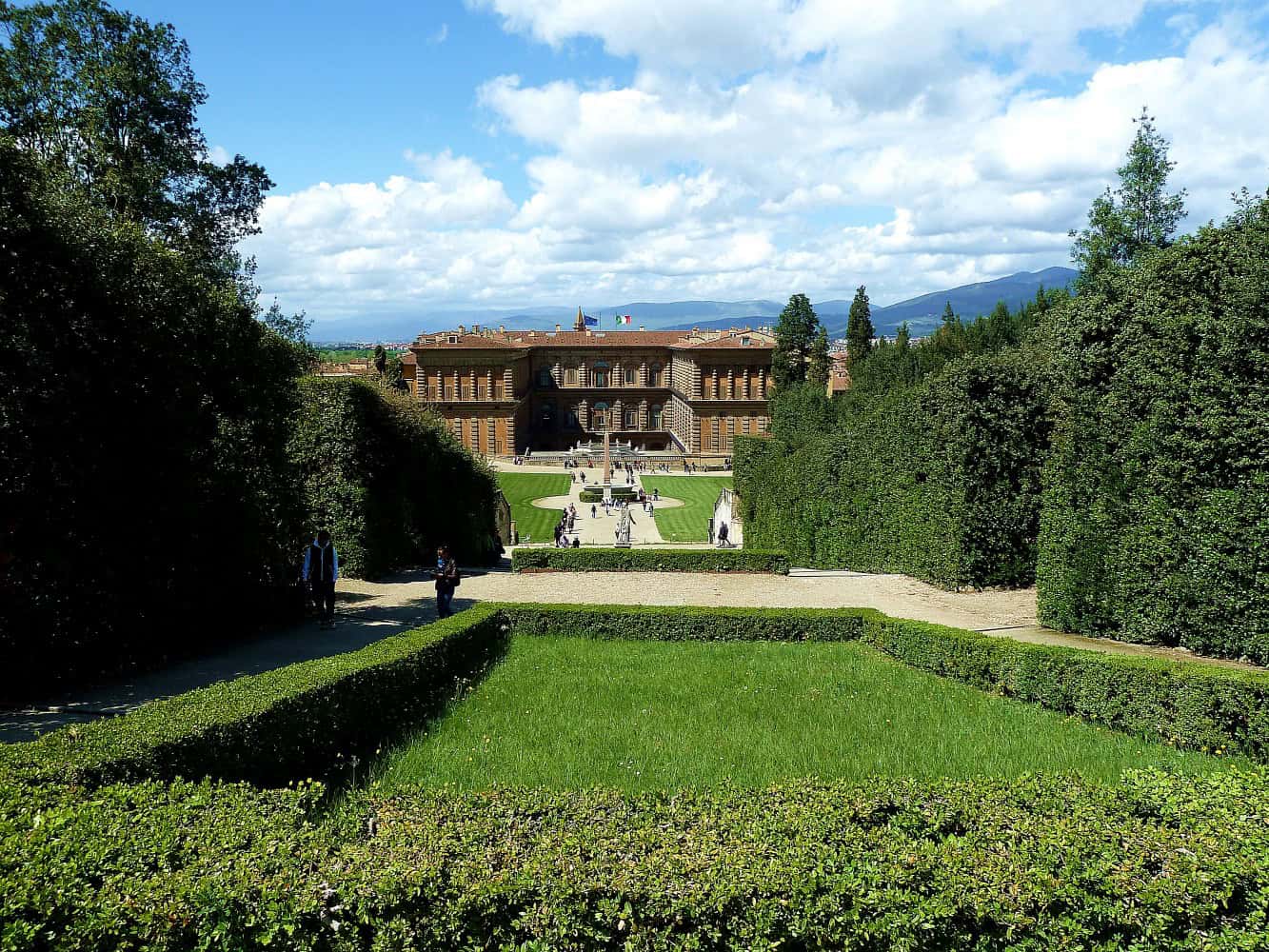
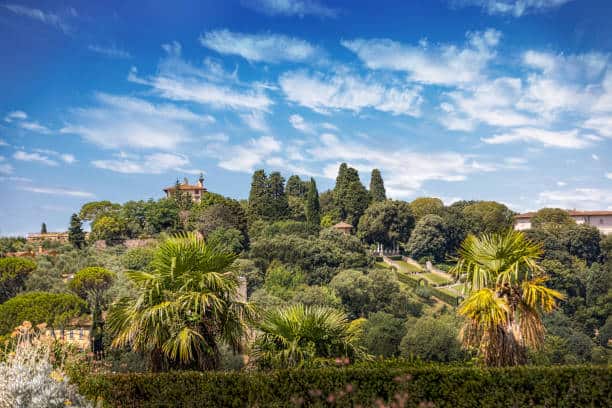
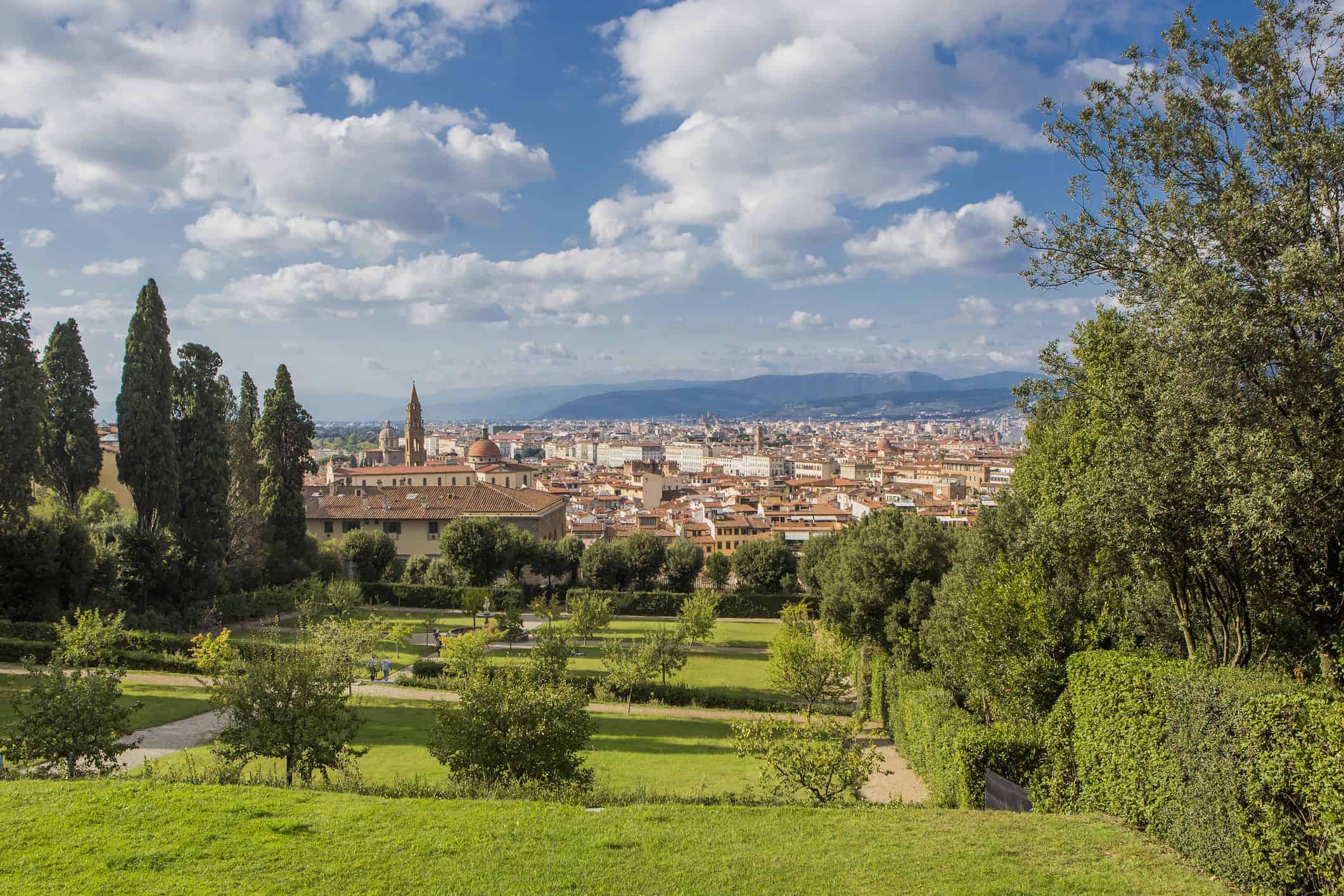
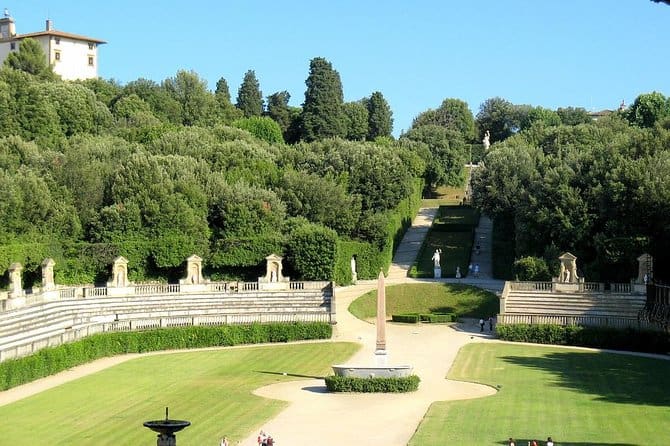
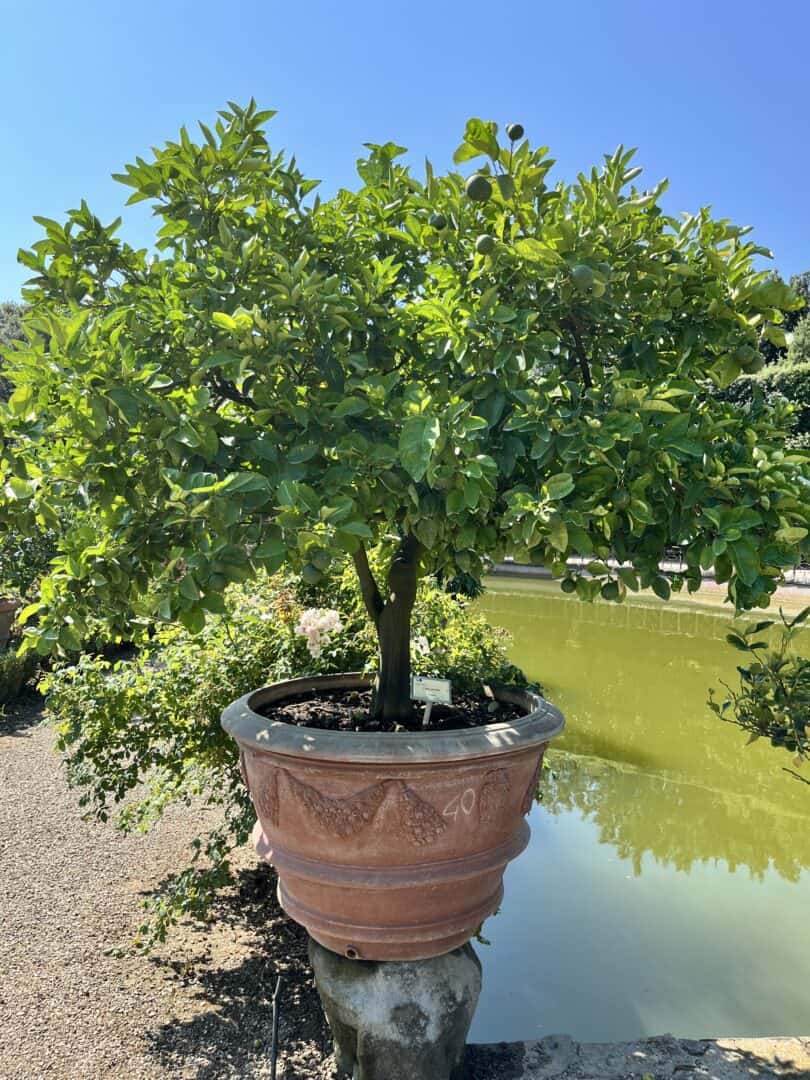
The birth of the garden pot
It was here that, thanks to the Medici’s intuition, one of the most emblematic objects of Italian landscape gardening was born: the terracotta garden pot.
During their travels, the Medici brought exotic plants and citrus fruits to Florence, considered at the time as precious as they were delicate.
These plants needed strong but breathable containers, and above all they had to be able to be moved to be protected from the rigours of winter.
In Florence, the furnaces of Impruneta, which supplied bricks to the city, were already well known. However, it was in this context that the idea of using clay to create vases was born, a revolutionary innovation.
The first garden pot was not just a container, but a true botanical and architectural ally.
And so, from a functional need a new art form was born.
Even today, the Uffizi Galleries – which guard and manage the Boboli Gardens – continue this vision,
choosing terracotta from Impruneta to house their historical botanical collections.
A choice that is not only aesthetic, but profoundly functional:
the natural porosity of clay, transpiration, and protection from frost, make these pots ideal for the health of plants.
Many of the pots in the garden are made by Poggi Ugo furnace, with specific models chosen with the health of the plants in mind,
with the shapes most congenial to them. Each vase is marked with the year of production,
testifying to its uniqueness and authenticity.
The Vaso Due Orli – also known as the Lemon Vase – for example, has a shape designed to promote the wellbeing of citrus fruits,
blending perfectly with both the monumentality of the Renaissance and the rigour of historic lemon houses.
The Boboli Vase, on the other hand, was designed and created in the kiln specifically for the Garden, to accommodate large antique citrus trees.
It is made exclusively in diameters from 100 to 140 cm, to guarantee space and stability for the roots of these historical plants.
Its design recalls the ornamental festoon that decorates the Greek frieze of the Boboli Lemon House building:
an architectural detail that has become a decorative motif, reinterpreted in a handcrafted key.
An imposing vase, created to be a living part of the garden, balancing function and memory.
Two other vases in the Boboli collection are the Vaso Festonato, a timeless classic of typical Impruneta pottery,
recognisable for its relief decorations and widely used in historical and landscape contexts
and the Vaso Porcinai Festonato, which has slightly different proportions to the classic lemon vases,
is embellished with the Medici coat of arms.
The ability to create vases so different from each other is due to the entirely manual workmanship.
By making each piece by hand, the kiln is able to respond to very specific, even non-standard requests.
It is enough to have a drawing to start from, an outline, and customisations become feasible,
whether for special shapes, historical decorations or botanical requirements.
Some of the vases in Boboli today have in fact been created on specific request, tracing ancient forms,
adorned with original decorations and designed to hold large citrus fruits or to fit in with the particular architectural context.
Each vase, in this sense, is not just a container, but a unique piece of dialogue between art, nature and memory.
On the official website of the Uffizi Galleries, a video dedicated to the Boboli citrus fruit pottery is available:
In this video, the story is told of how each vase is made by hand, using original techniques handed down through generations.
A direct testimony of how terracotta from Impruneta continues to be a living part of Italian history, landscape and beauty.
“Terracotta pots are silent protagonists of Boboli’s botanical history”.
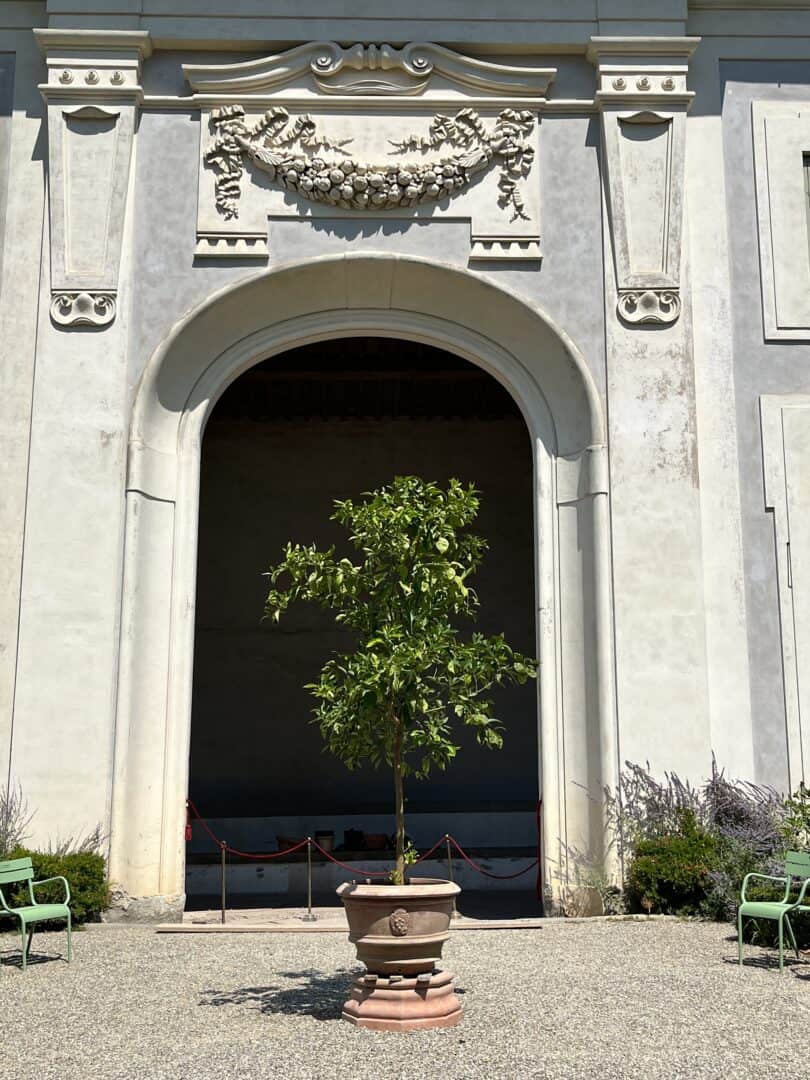

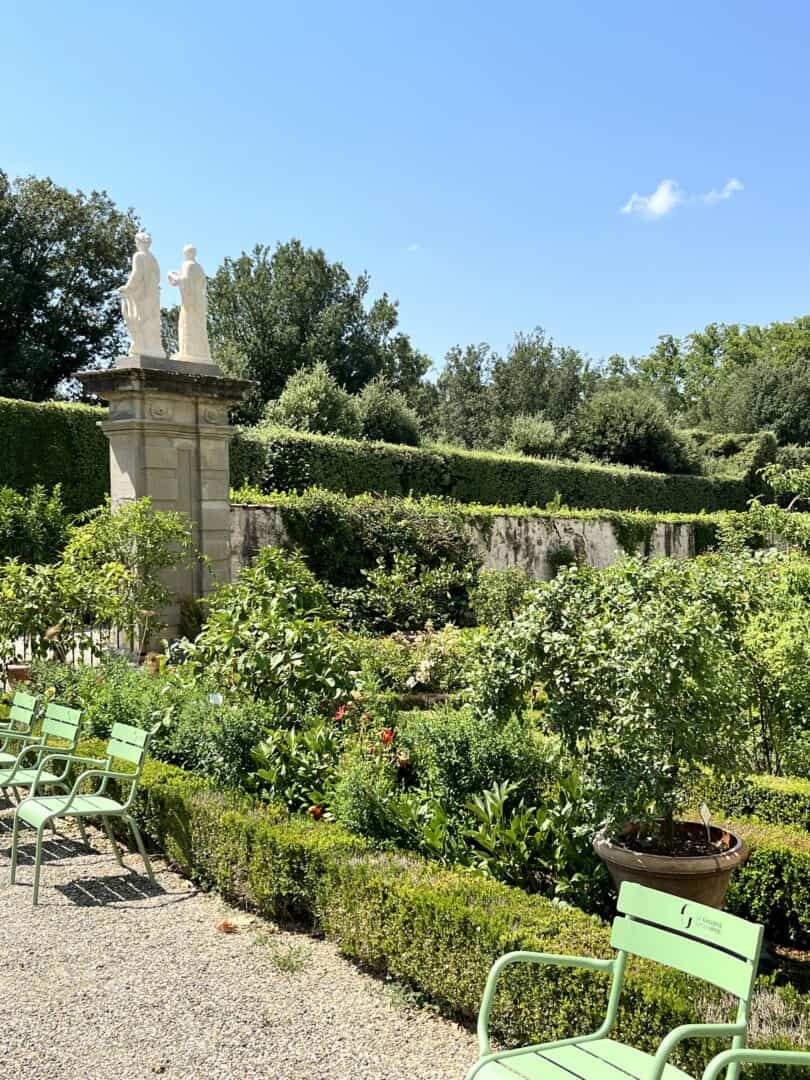
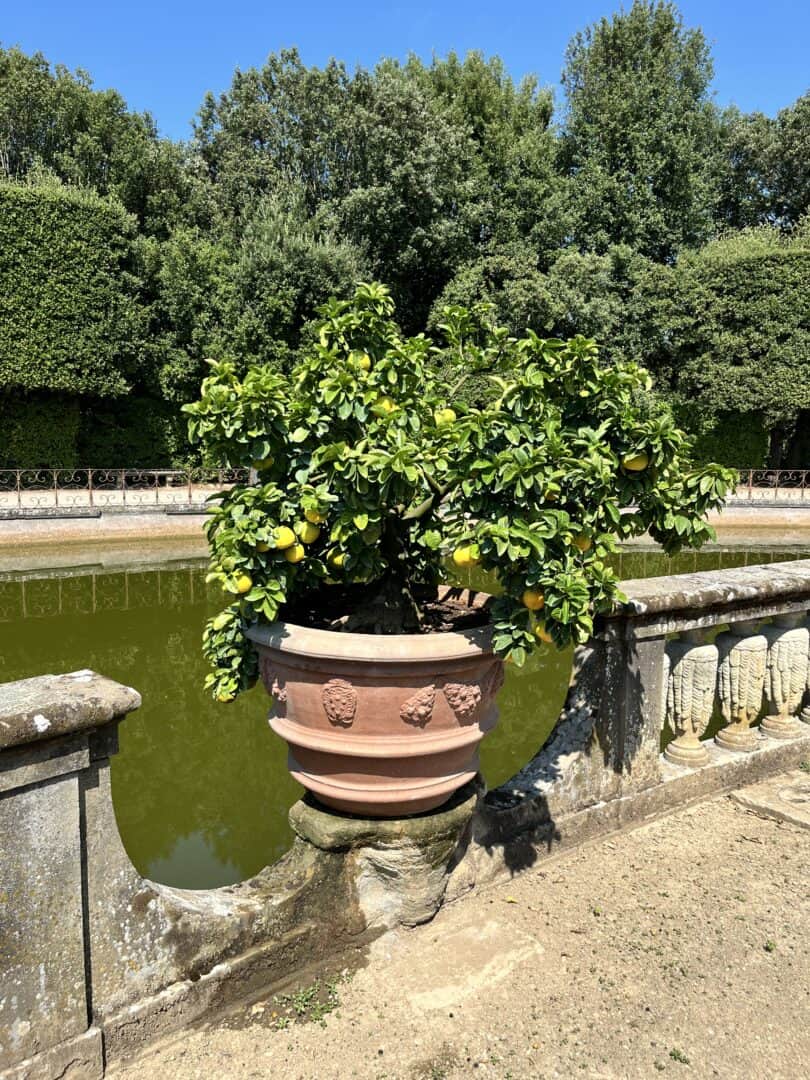
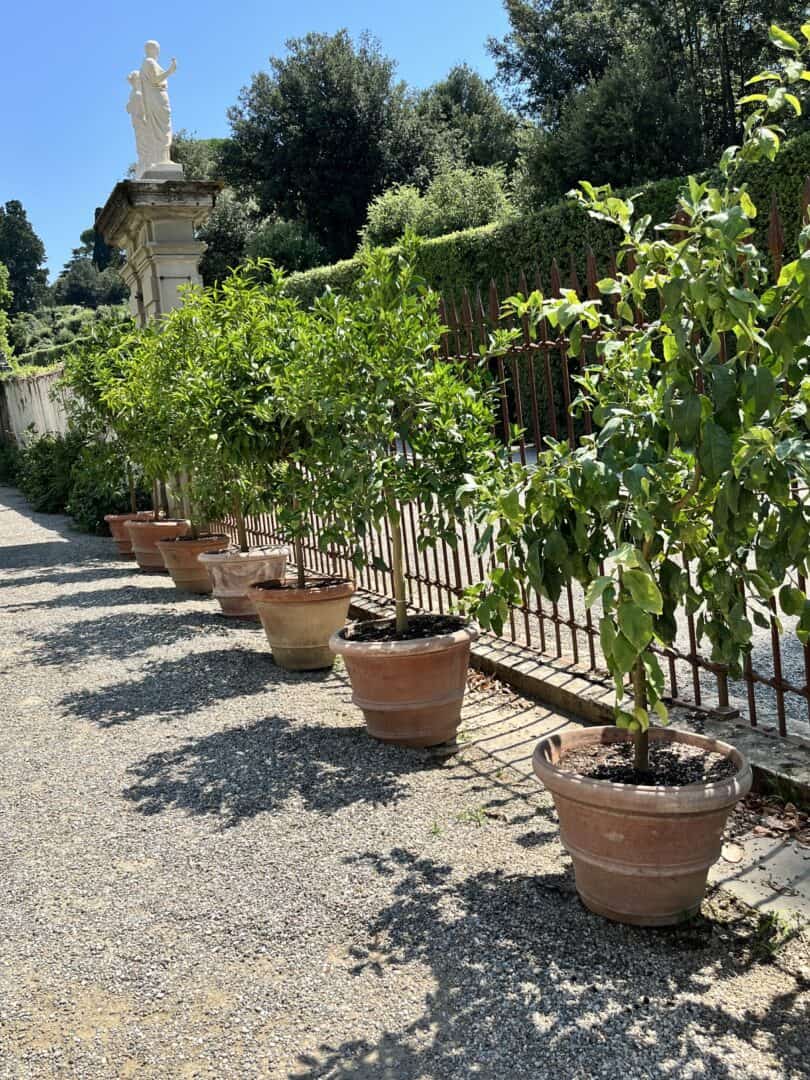
During one of the last deliveries, we had the incredible privilege of entering the ‘Island‘, the most secret part of the Boboli Gardens: an area closed to the public, protected by an ancient gate.
There, in the centre of the large basin, stands the Ocean Fountain, a masterpiece sculpted in the 16th century by Giambologna.
The basin itself, known as the Vasca dell’Isola or Isolotto, was built in the 17th century to a design by Alfonso Parigi.
In the centre of the island, amid mythological sculptures and water features, ancient Medici citrus fruits are still preserved in vases made by our kiln.
It was an experience that touched deep chords: a botanical Stendhal syndrome, we might say.
Accessing this secret space, immersed in greenery and history, reminded us how craftsmanship can dialogue with the eternity of places, and we would like to share this emotion with you through videos and images taken during the visit.
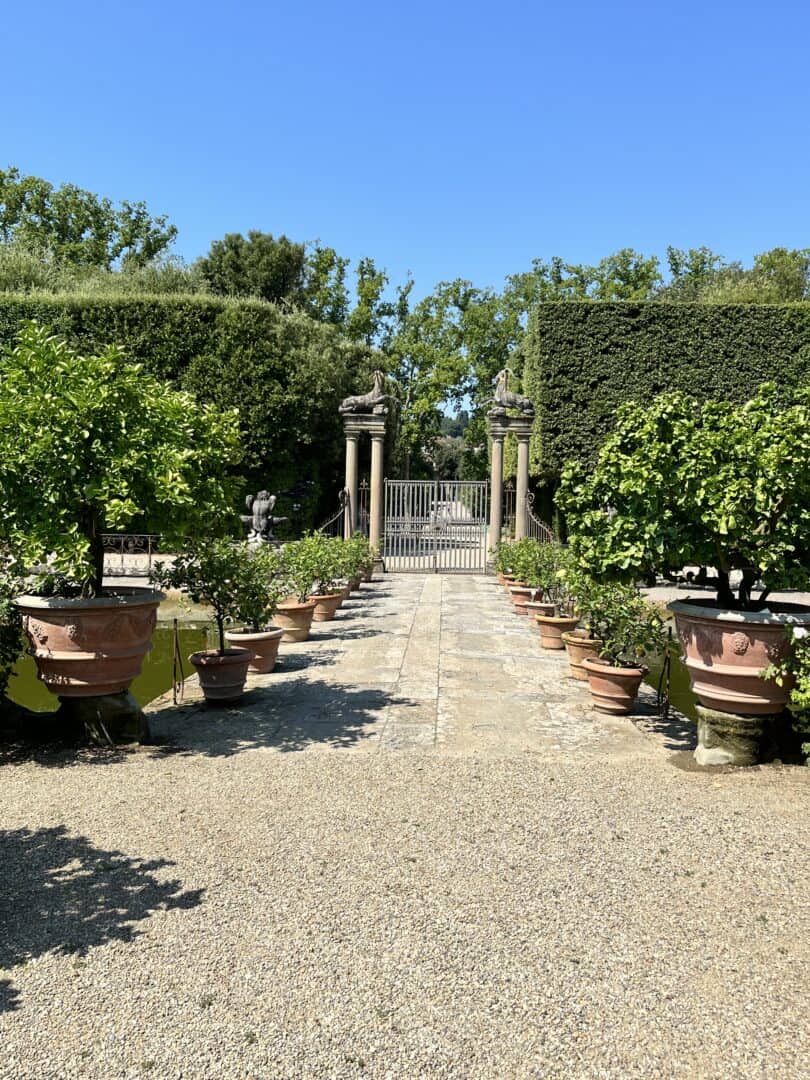
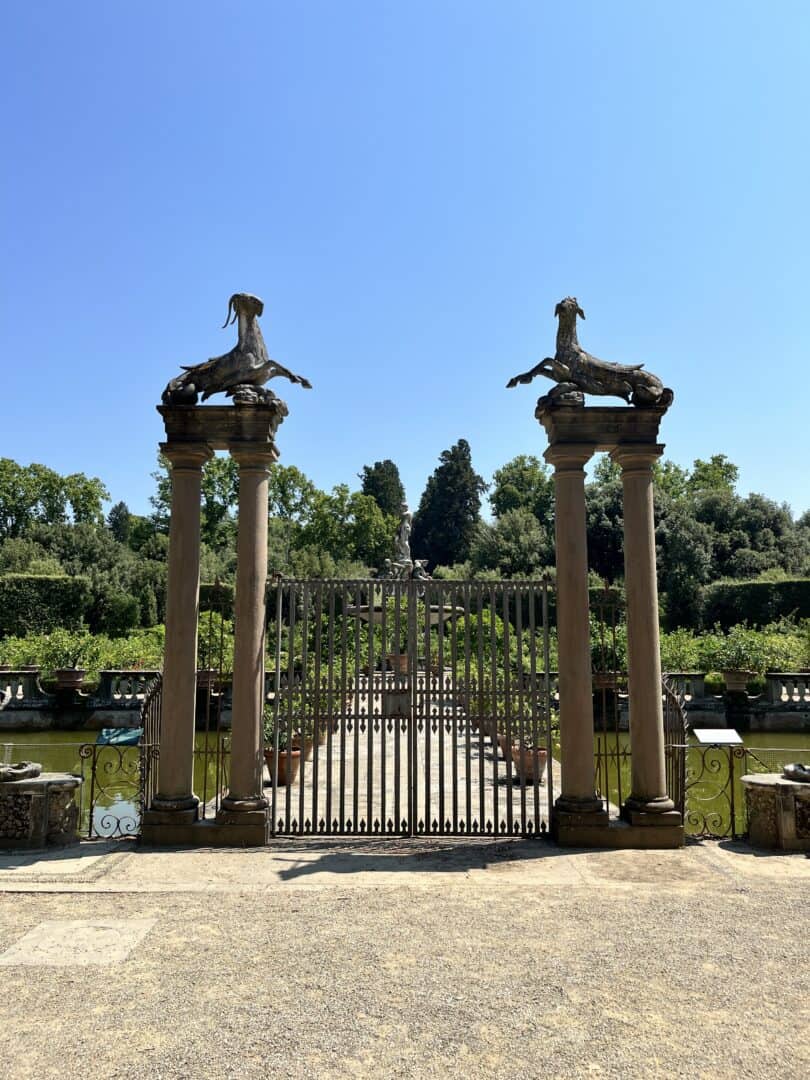
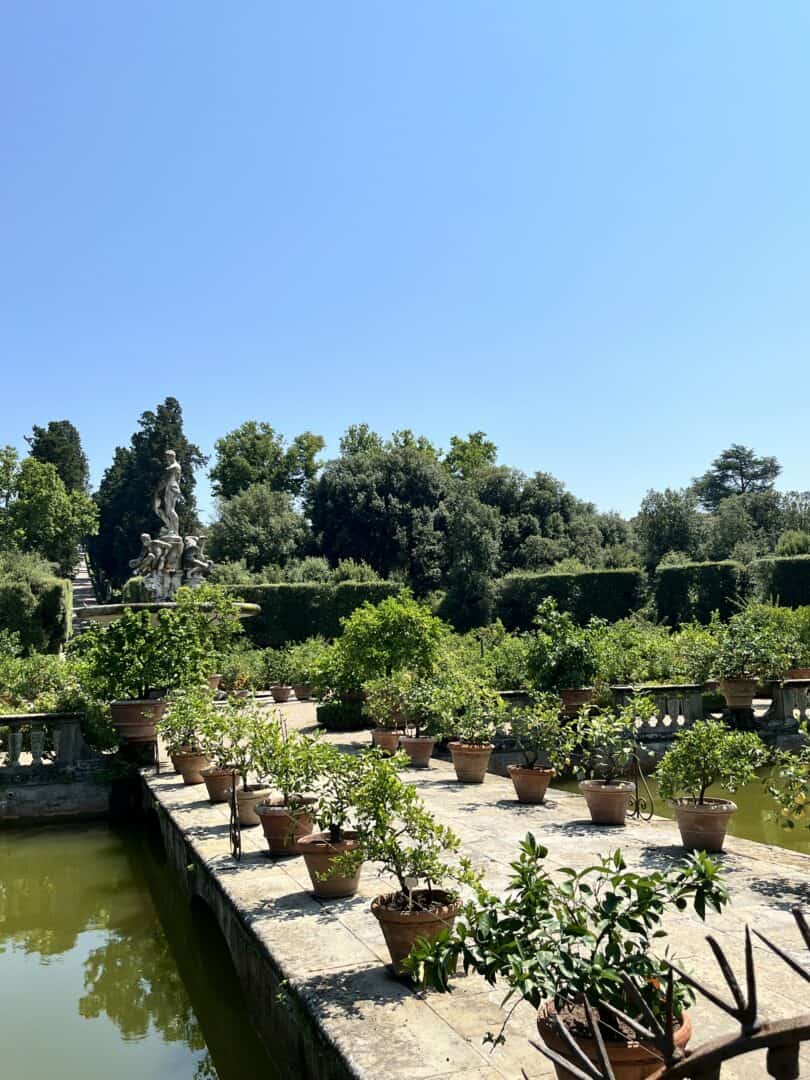
Our journey also took us to the Limonaia, where, in the summertime, the plants are moved outside. It is here that the dialogue between architecture and nature becomes more intense: every pot has a precise location, every plant has a story.
Next, we visited the Lower Botanical Garden, a more recent but equally impressive area where scientific research meets landscape aesthetics. Here, too, the tradition of terracotta pots continues to take centre stage.
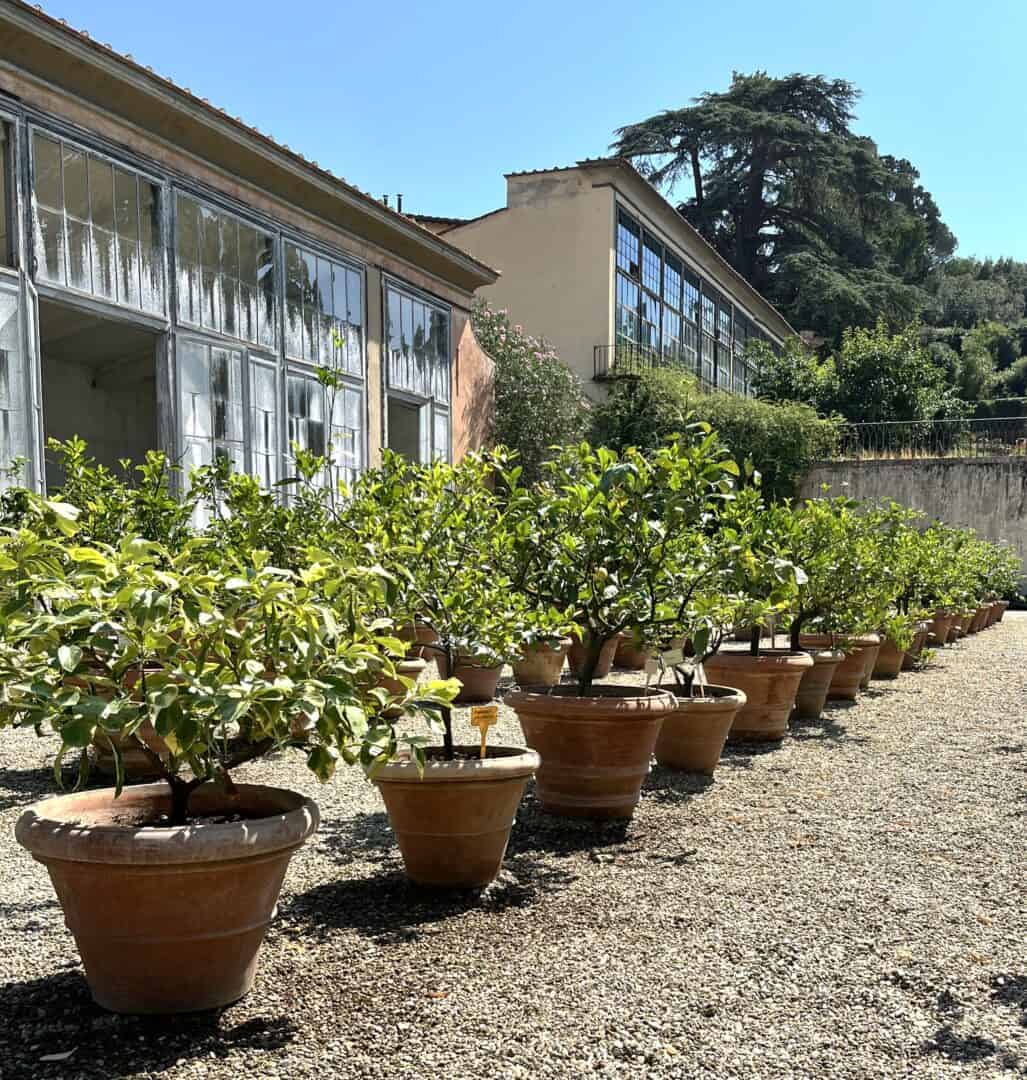
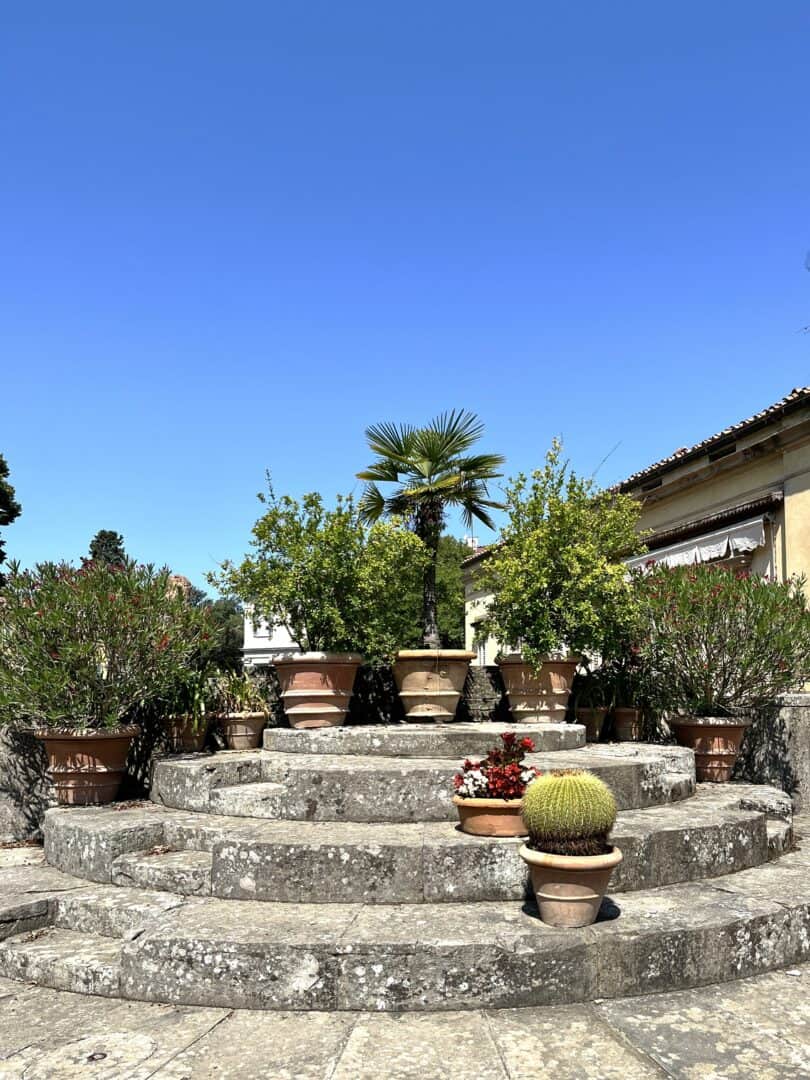
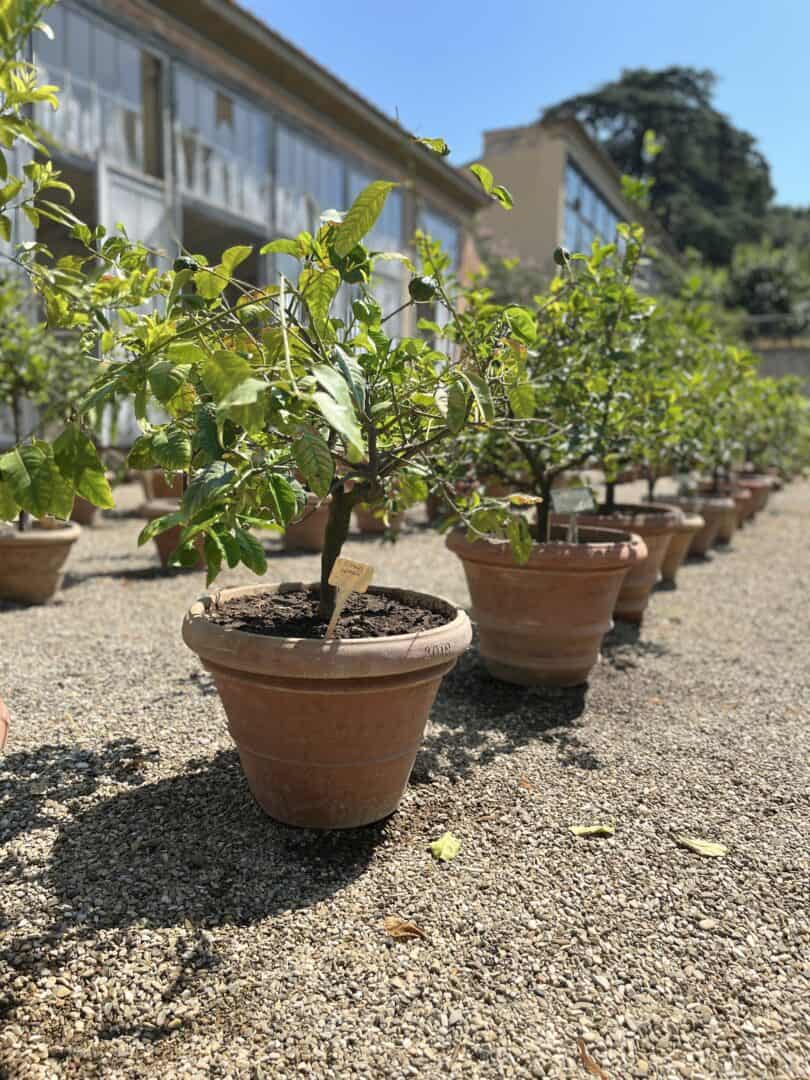

The vases chosen by the Boboli Gardens are not just containers, but living instruments of beauty and care.
Fornace Poggi Ugo makes them in many variations, capable of adapting to any project:
from classical contexts to contemporary spaces, from urban terraces to large garden and landscape projects.
The value of terracotta lies in its nature: breathable, solid, alive.
The value of craftsmanship lies in the gesture, in the knowledge handed down, in the beauty born of the hands.
And these values speak a universal language, capable of entering into harmony with any design vision.
It is no coincidence that Italy’s most prestigious clientele has chosen Poggi Ugo furnace.
It is a confirmation, but also a promise. A promise that we renew every day, vase after vase, for the Boboli Gardens and for every green space.
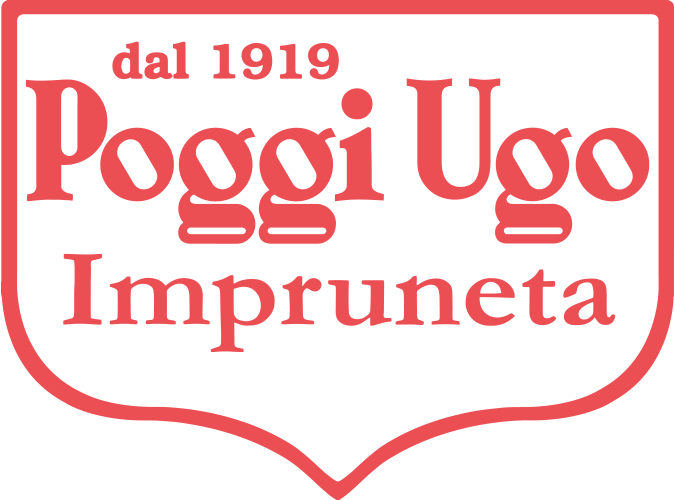
Poggi Ugo Terrecotte srl
società unipersonale
Via Imprunetana per Tavarnuzze n.16
50023 Impruneta – Firenze – Italia
Tel. +39 0552011077
info@poggiugo.it
P.IVA – C.Fisc: (IT) 05638490481
R.E.A: 562450 Firenze
Albo Lavorazioni Artistiche e Tradizionali n. 173862
Capitale sociale: euro 110,000,00 i.v.